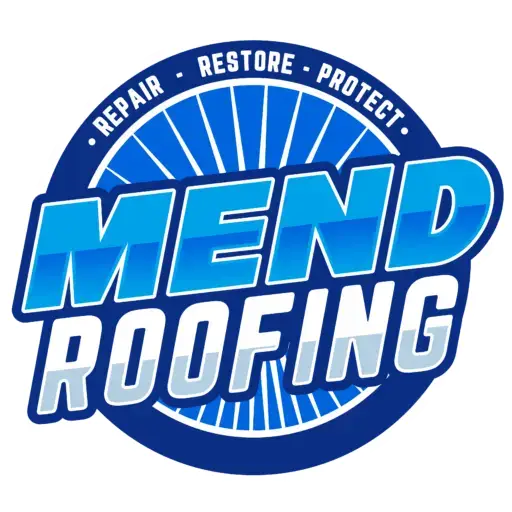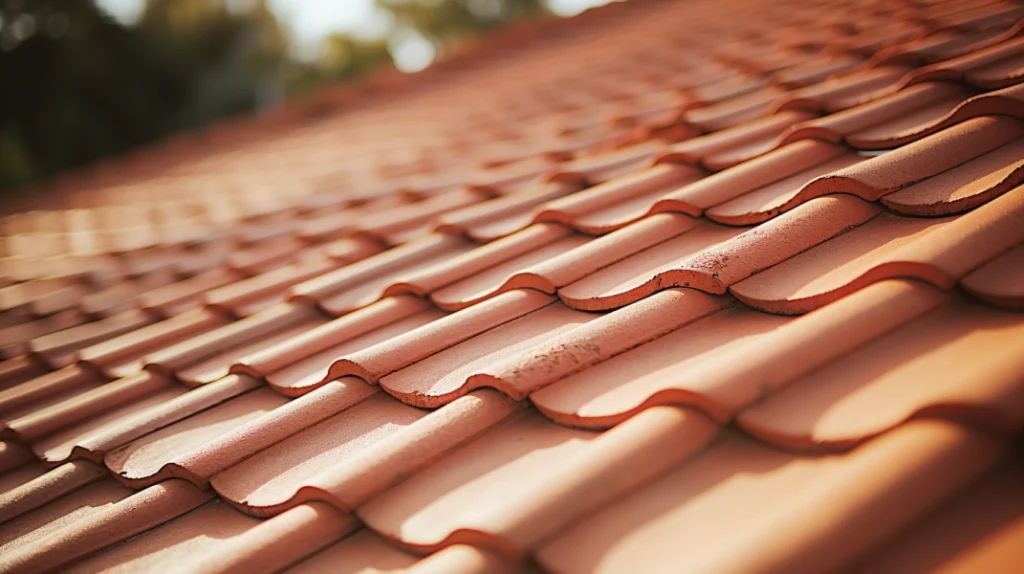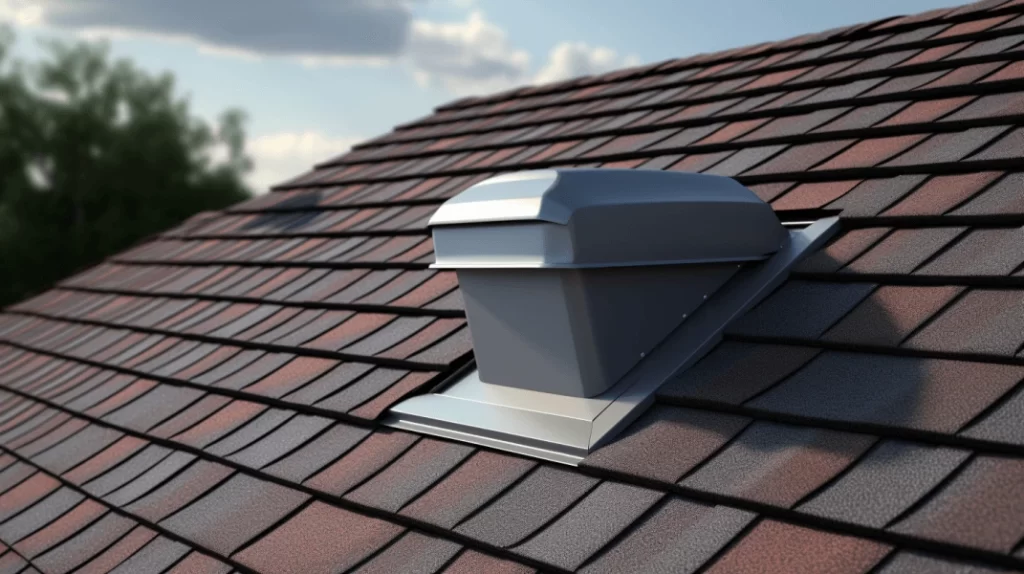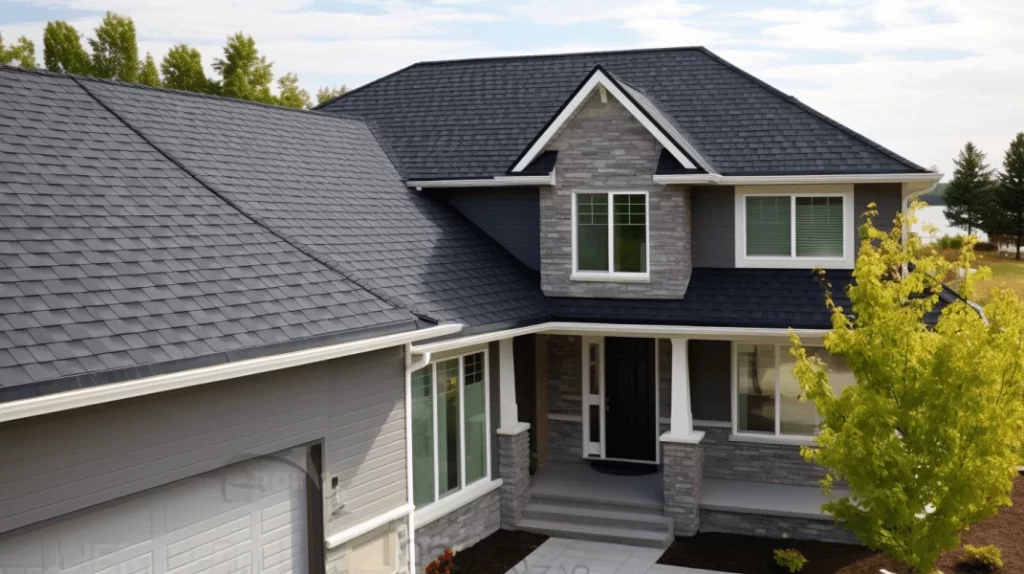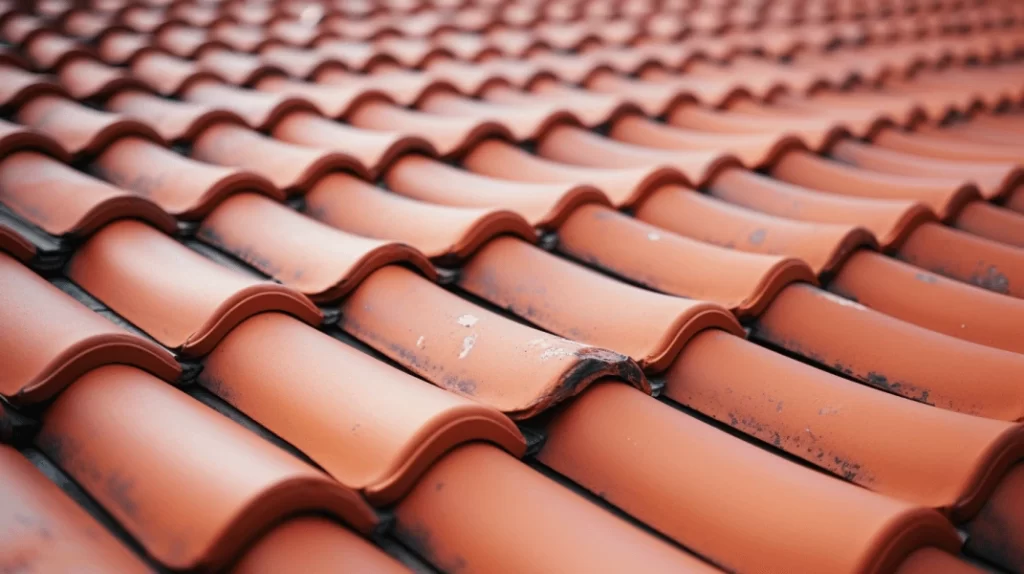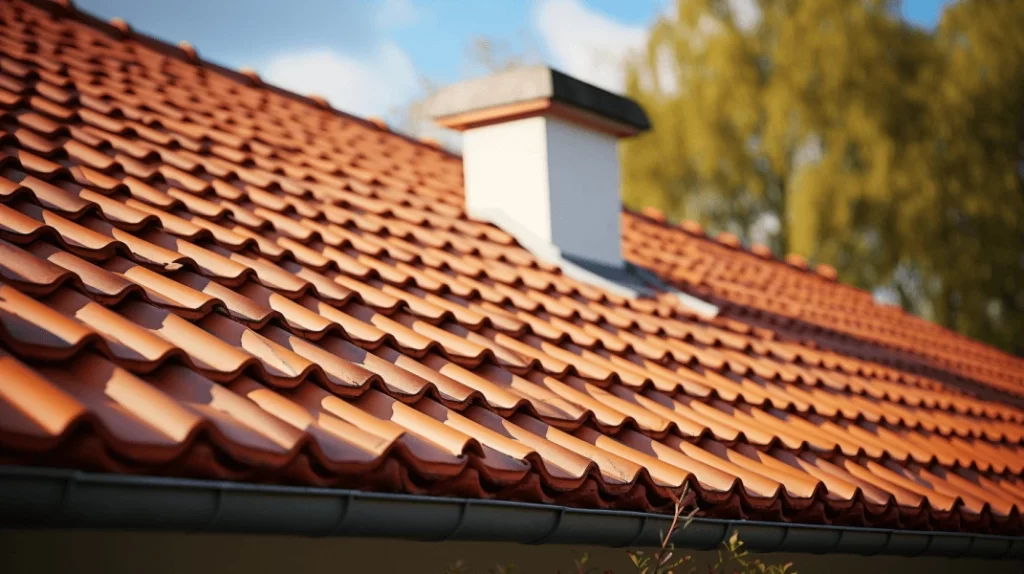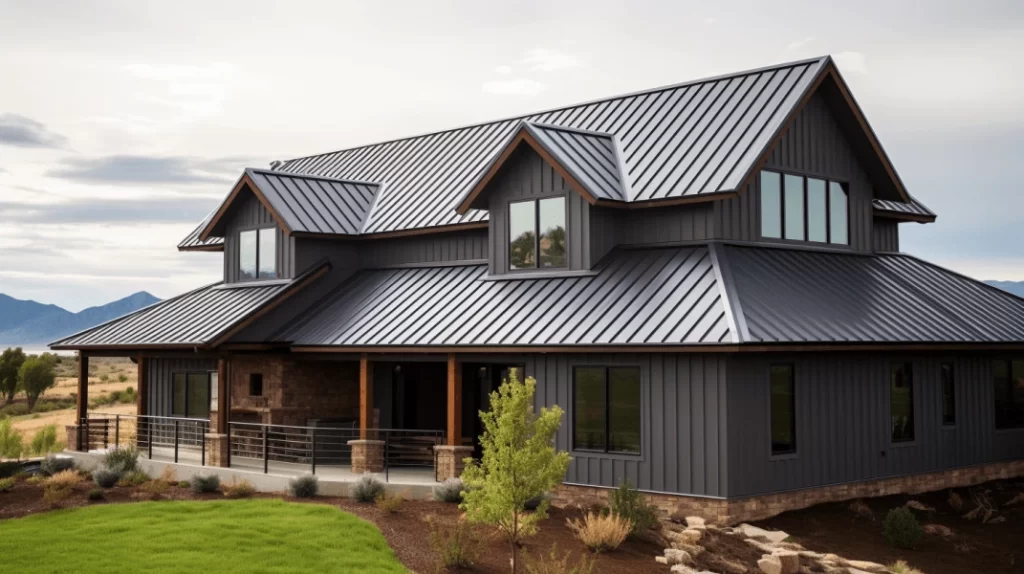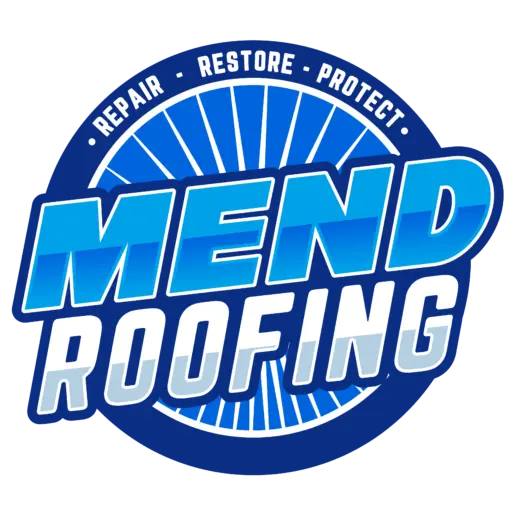Roofs stand as the first line of defense between your home and the ever-changing weather patterns. Understanding the types of weather damage is essential to ensure the longevity and performance of your roof. Mend Roofing, a premier roofing company in Spring, has extensive experience in addressing and mitigating these damages. In this guide, we explore four different types of weather-related damages your roof might encounter and the intricacies of each.
1. Sun Damage: The Silent Deteriorator
The Effects of Prolonged UV Rays Exposure
Roofs, especially in sun-intensive areas, constantly endure the brunt of the sun’s ultraviolet (UV) rays. Over time, this can lead to:
- Material Degradation: Sunlight can degrade roofing materials, causing them to become brittle and weak.
- Discoloration: Prolonged sun exposure can cause roofs to lose their original color, affecting aesthetics.
- Thermal Expansion: Heat can lead to materials expanding during the day and contracting at night, resulting in cracks and structural inconsistencies.
Combatting Sun Damage
Regular maintenance and choosing UV-resistant roofing materials can help combat the negative effects of the sun. As a leading roofing contractor in Spring TX, Mend Roofing recommends periodic inspections to address sun-induced wear and tear promptly.
2. Hailstorms: Nature’s Hammer on Your Roof
Unpredictable Yet Destructive
Hailstorms can cause significant roof damage:
- Bruises or Punctures: Large hailstones can cause dents, leading to a compromise in the structural integrity.
- Material Displacement: The force can dislodge roof materials, exposing the underlying layers.
- Gutter Damage: Apart from the roof, hail can also damage gutters, affecting drainage.
Preventing Hail Damage
While hail damage is challenging to predict, opting for impact-resistant roofing materials can minimize its impact. Roofing companies in Spring Texas, like Mend Roofing, offer specialized solutions tailored to withstand severe hailstorms.
3. Rain and Water Damage: The Stealthy Invader
The Pervasive Nature of Water
Water has a sneaky way of finding the smallest of openings and causing:
- Leaks: Over time, constant exposure to rain can result in leaks.
- Mold and Mildew Growth: Dampness and moisture create an environment conducive for mold and mildew.
- Wood Rot: Wooden components can rot when exposed to prolonged moisture.
Keeping Rain at Bay
Regular inspections, especially after intense rainfall, and ensuring proper sealing can help prevent water damage. Mend Roofing emphasizes the importance of a well-maintained drainage system to combat water-induced issues.
4. Wind Damage: The Invisible Force
The Power of Gusts
Strong winds can impact roofs by:
- Shingle Damage: Winds can lift or even blow away roof shingles.
- Loose Roofing Components: Elements like chimneys can become loose or topple.
- Debris Accumulation: Wind can bring along debris like branches, causing scratches or dents.
Strengthening Against Winds
Securing loose components and choosing wind-resistant roofing materials can help combat wind damage. Regular checks for debris and ensuring robust roof installations can go a long way in safeguarding your roof from gusty challenges.
In Conclusion
Your roof’s well-being directly influences the safety and comfort of your home. Recognizing different types of weather damage is the first step towards proactive maintenance. With Mend Roofing by your side, you can ensure that you choose the right roofing materials and conduct regular inspections to protect your investment.
